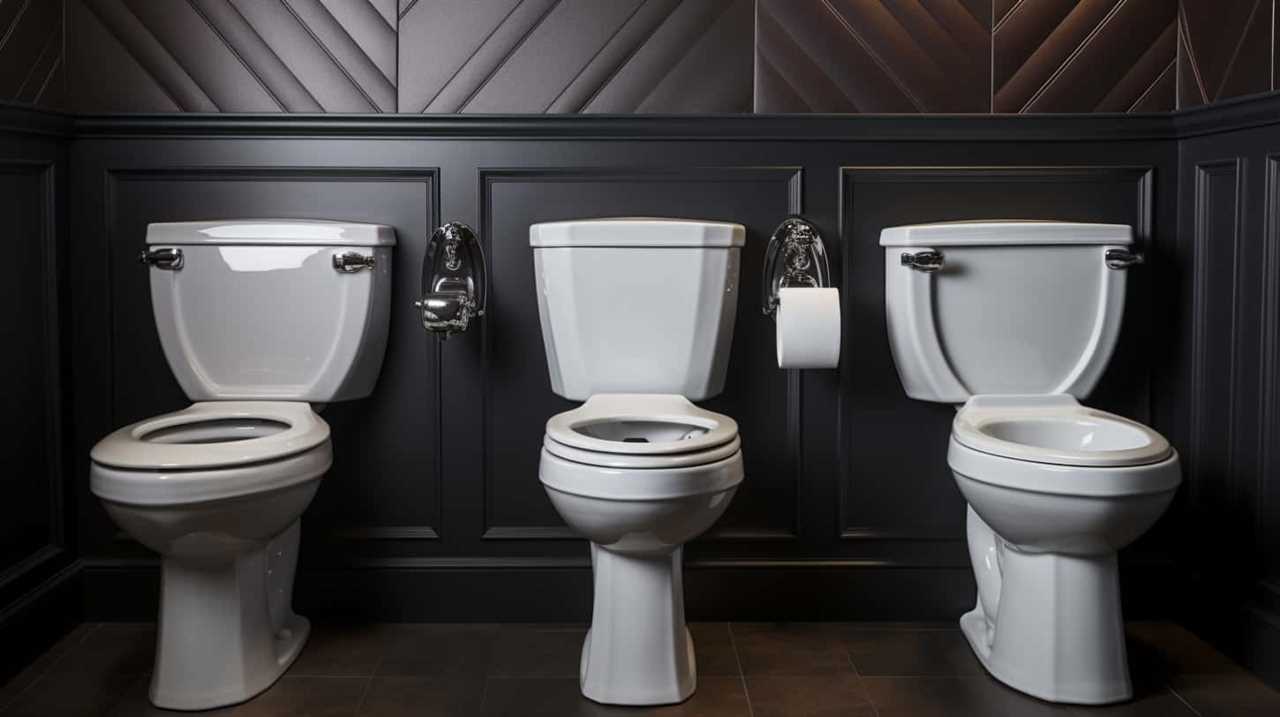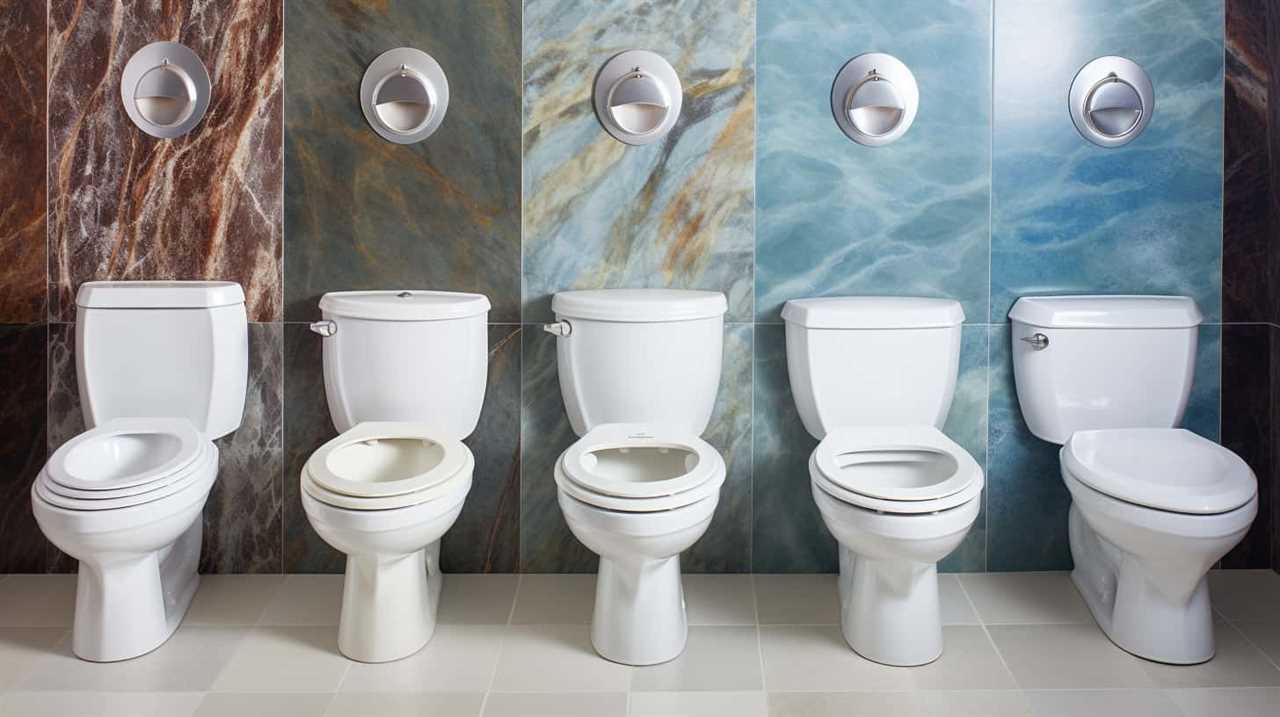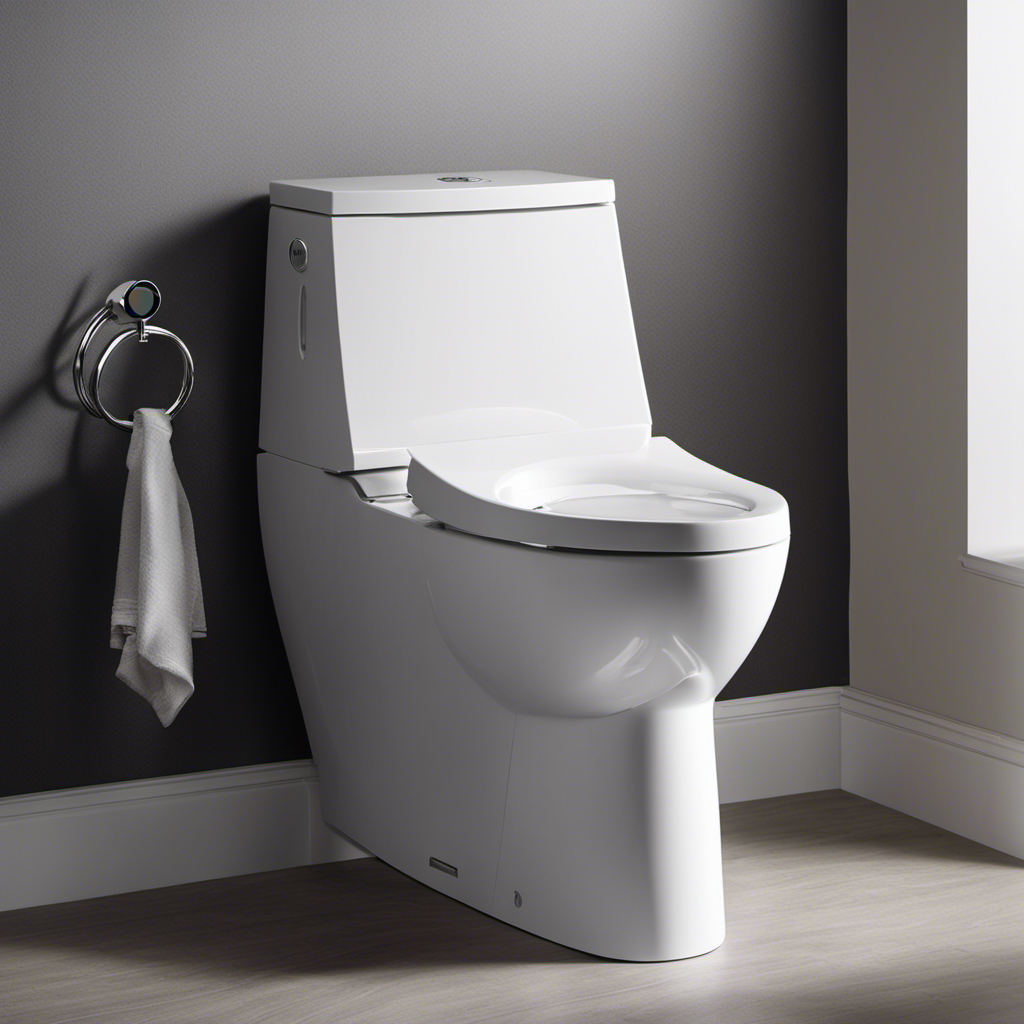Oh, the wonders of modern plumbing! Have you ever stopped to ponder how a Western toilet flush actually works?
Well, my friends, get ready to dive into the fascinating world of toilet mechanics. In this article, we will unravel the mysteries behind the water supply, the flush valve, the fill valve, and the flapper.
So, buckle up and prepare to gain mastery over the inner workings of your porcelain throne. Let’s dive in, shall we?
Key Takeaways
- The flush lever lifts the flapper valve, allowing water to rush from the tank into the bowl through the flush valve.
- Proper maintenance of the flush valve, flapper valve, and flush lever ensures a reliable and efficient flush.
- Water pressure plays a crucial role in creating a powerful flush, with low water pressure resulting in a weak flush and high water pressure leading to a powerful flush.
- The flapper is a key component that covers the flush valve, preventing water from entering the toilet bowl when not in use, and quickly closes after the flush to seal the flush valve and stop the flow of water.
The Basics of a Toilet Flush
To understand the basics of a toilet flush, we need to start with the role of water in the process. The toilet flush mechanism consists of several components that work together to create a successful flush.

When the flush lever is pressed, it lifts a chain or rod connected to the flapper valve at the bottom of the tank. This allows water to rush from the tank into the bowl through the flush valve, creating a powerful flow.
The water, combined with gravity, forces waste down the drain and out of the toilet.
The flushing mechanism components, including the flush valve, flapper valve, and flush lever, must be properly maintained to ensure a reliable and efficient flush.
Understanding the Water Supply
Now let’s explore the role of water in the toilet flush process. Understanding the water supply is crucial to comprehending how a Western toilet flush works. The water supply, regulated by water pressure, is responsible for delivering the necessary force to create a powerful flush.
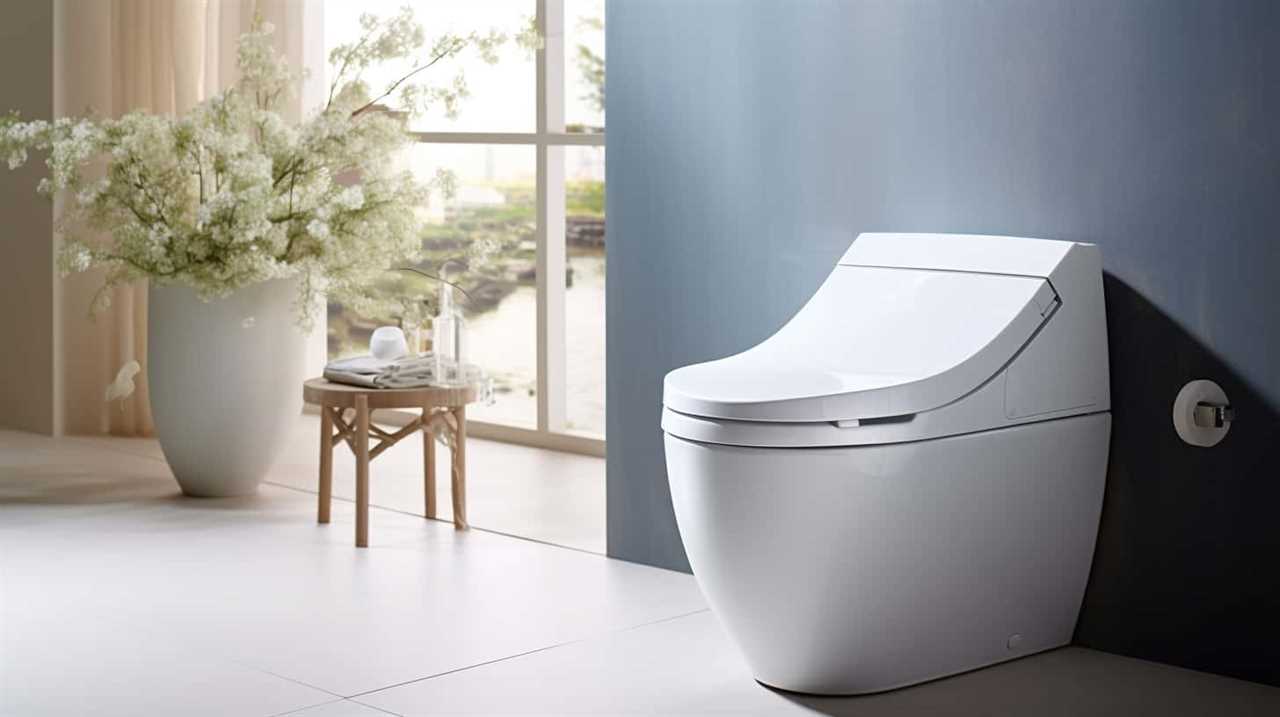
To grasp the significance of water pressure in a toilet flush, let’s take a look at the plumbing system. In a plumbing system, water pressure refers to the force exerted by the water against the pipes. This pressure is created by the elevation of the water source or by a pump. In the context of a toilet flush, adequate water pressure is crucial for a successful and efficient flush.
To better understand the importance of water pressure in a toilet flush, here is a table summarizing its significance:
| Water Pressure Level | Flush Performance |
|---|---|
| Low | Weak flush, incomplete waste removal |
| Moderate | Satisfactory flush, but not optimal |
| High | Powerful flush, efficient waste removal |
The Role of the Flush Valve
Let’s dive into the role of the flush valve in how a Western toilet flush works. The flush valve is a crucial component that controls the release of water from the tank into the bowl during a flush. Understanding its role is essential for mastering the mechanics of a toilet flush.
Here are two key points about the role of the flush valve:

- Role of the Flush Handle:
The flush handle is connected to the flush valve by a chain or lever system. When the handle is pressed, it lifts the flush valve, allowing water to flow from the tank into the bowl, initiating the flush. - Types of Flush Valves:
Flapper Flush Valve: This is the most common type, consisting of a rubber flapper that covers the flush valve opening. When the handle is pressed, the flapper lifts, releasing water into the bowl.
Flush Valve Tower: Found in newer toilets, this type uses a tower-like structure that lifts to allow water to flow into the bowl when the handle is pressed.
Understanding the role of the flush valve and the types available empowers you to troubleshoot and maintain your toilet effectively.
The Function of the Fill Valve
After the flush valve releases water into the bowl, the fill valve then takes over to refill the tank. The toilet fill valve mechanism is responsible for regulating the water level in the tank and ensuring a consistent and efficient flushing experience.
When the tank is empty, the fill valve opens a water supply line to allow water to enter the tank. As the water level rises, the fill valve senses the increased pressure and begins to close the water supply. This mechanism prevents the tank from overflowing and maintains the desired water level.

Troubleshooting fill valve issues can involve checking for leaks, adjusting the water level, or replacing the fill valve if necessary. Understanding the function of the fill valve is crucial for maintaining the proper functioning of a Western toilet.
The Flapper: A Key Component
Continuing from the discussion on the function of the fill valve, another key component that plays a crucial role in the flushing process of a Western toilet is the flapper.
The flapper is a rubber or silicone seal that covers the flush valve, preventing water from entering the toilet bowl when not in use. When the flush handle is pressed, it lifts the flapper, allowing water to rush from the tank into the toilet bowl.
The flapper then quickly closes, sealing the flush valve and stopping the flow of water. This action creates the necessary pressure to propel waste down the drain. The flapper is an essential part of the flush mechanism, ensuring a proper and efficient flush every time.
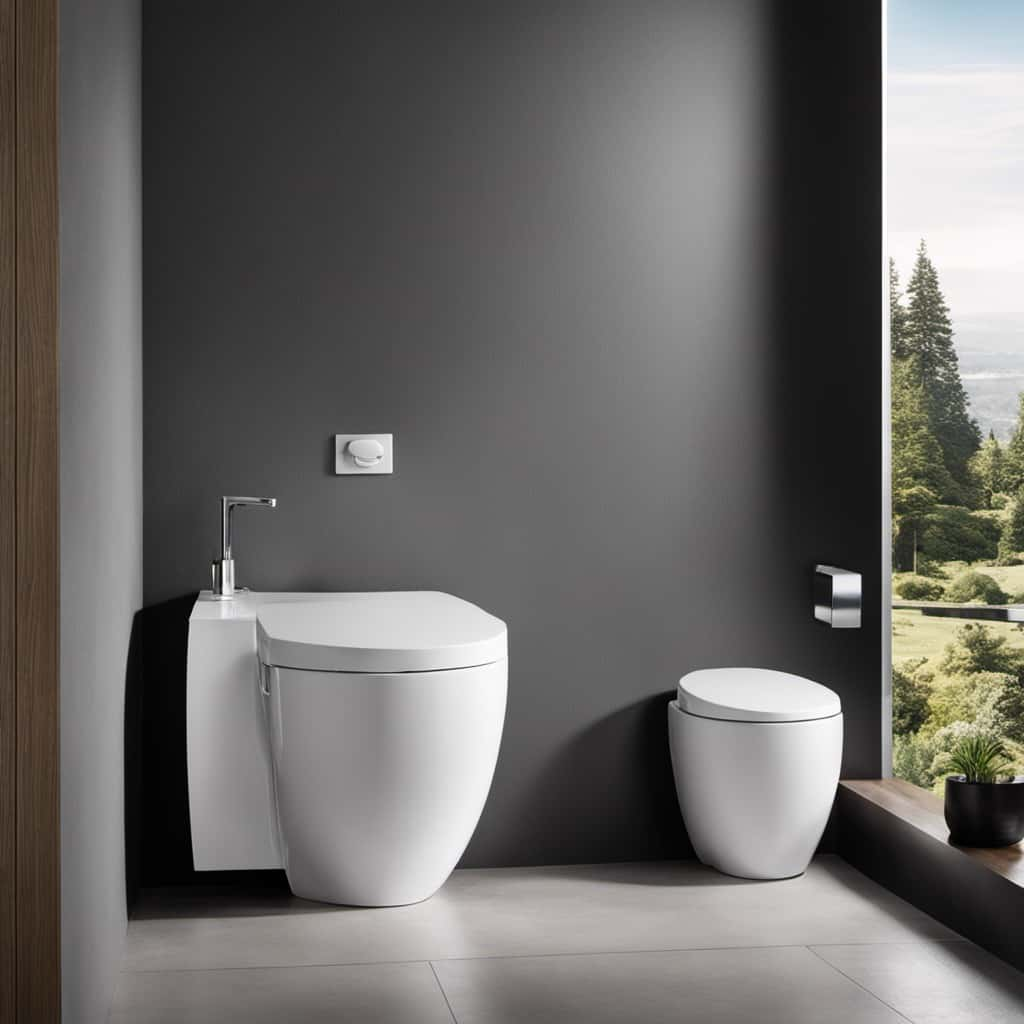
Frequently Asked Questions
How Does a Western Toilet Flush Differ From a Traditional Squat Toilet?
A western toilet flush differs from a traditional squat toilet in that it uses a water-filled tank and a siphoning mechanism to create a powerful force that efficiently removes waste. The benefits of using a western toilet include improved hygiene and ease of use.
Can the Water Pressure Affect the Efficiency of a Western Toilet Flush?
Water pressure can indeed affect the efficiency of a western toilet flush. If the pressure is too low, it may not provide enough force to clear the waste effectively. Conversely, high pressure can cause splashing and inefficient water usage.
What Should I Do if My Toilet Flush Is Not Working Properly?
If your toilet flush is not working properly, there are several common toilet flush problems that you can try to fix yourself. We will discuss toilet flush repair techniques to help you troubleshoot the issue.
Are There Any Environmental Concerns Related to Western Toilet Flushes?
Water conservation is a pressing concern when it comes to western toilet flushes. The impact on water resources cannot be ignored. We must find ways to minimize water usage without compromising hygiene.
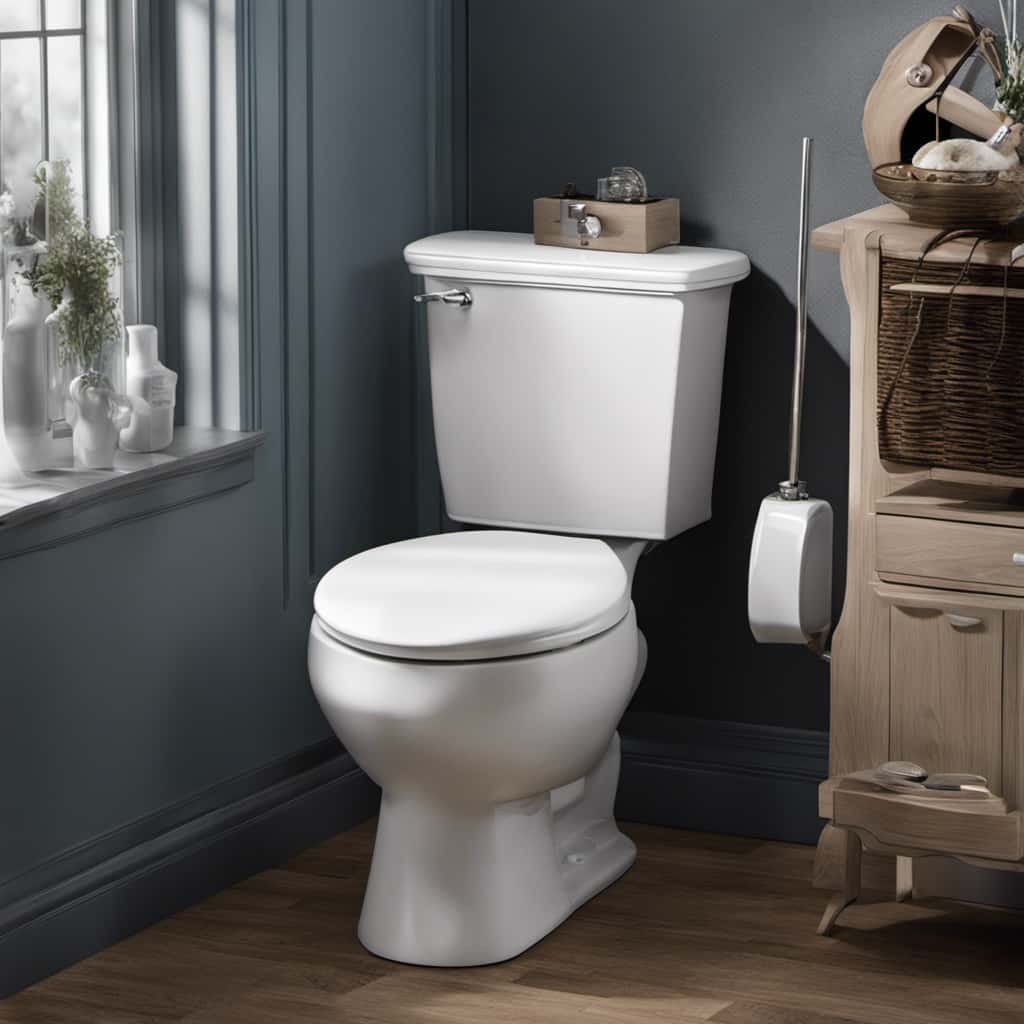
How Often Should I Replace the Components of a Western Toilet Flush for Optimal Performance?
For optimal performance, we should regularly maintain and replace the components of a western toilet flush. Signs of a malfunctioning toilet flush include weak flushing, constant running water, and leaks.
Conclusion
In conclusion, the western toilet flush operates on a simple yet effective mechanism.
The water supply, controlled by the fill valve, fills the tank.
When the flush valve is activated, the flapper opens, allowing water to rush into the bowl, creating a forceful flush.
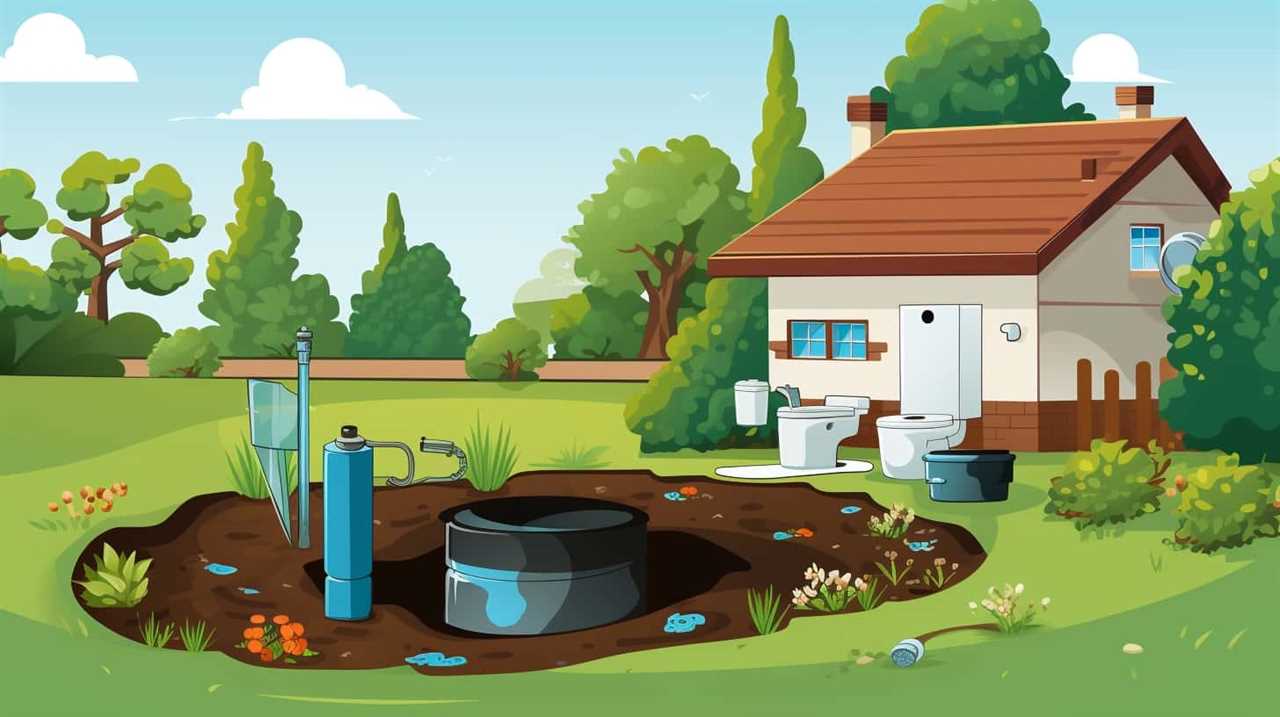
This process, with its precise components, ensures efficient and reliable toilet functionality.
So next time you use a western toilet, remember the intricate interplay of the water supply, flush valve, and flapper that make your flush seamless and satisfying.
